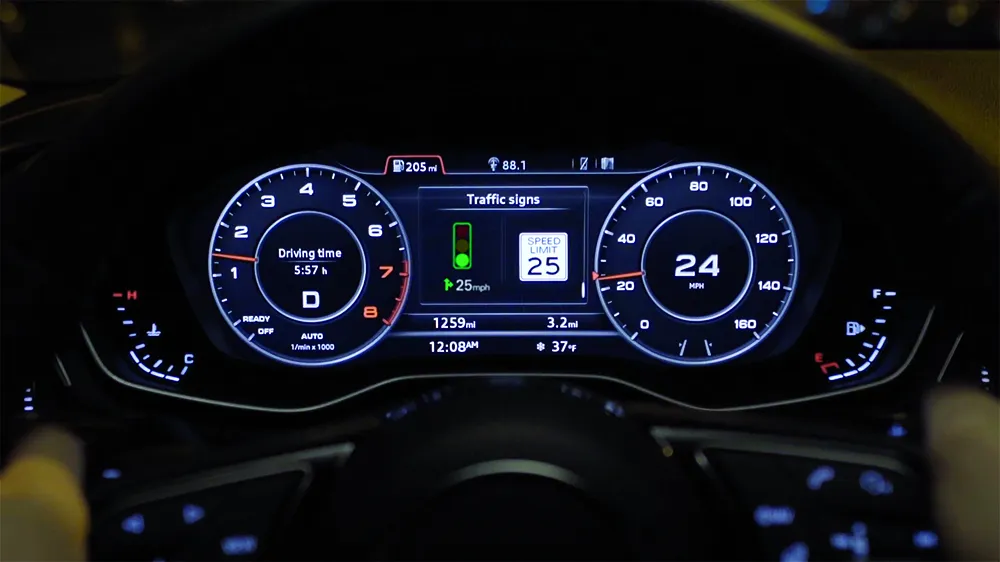Bus rapid transit has grown by 383 percent in the last ten years, with hundreds of systems in dozens of countries qualifying as true BRT, according to new data released by the Institute for Transportation and Development Policy.
While costs vary across nations, BRT capital costs are generally less than ten per cent of the cost of metro, and 30-60 per cent of the cost of light rail. BRT can also be implemented much more quickly that rail-based transit, allowing systems to be created and expanded quickly t
November 20, 2014
Read time: 2 mins
Bus rapid transit has grown by 383 percent in the last ten years, with hundreds of systems in dozens of countries qualifying as true BRT, according to new data released by the 5466 Institute for Transportation and Development Policy.
While costs vary across nations, BRT capital costs are generally less than ten per cent of the cost of metro, and 30-60 per cent of the cost of light rail. BRT can also be implemented much more quickly that rail-based transit, allowing systems to be created and expanded quickly to meet ever growing needs.
"Cities around the world are seeing their populations surge, and existing transportation systems are struggling to keep up, resulting in unprecedented congestion and pollution. For developing cities to compete globally, they urgently need high quality public transportation," says Jacob Mason, Transport Research and Evaluation manager for ITDP, "Fortunately, governments around the world are increasingly turning to BRT as a cost-effective solution that can be implemented quickly. We're seeing that when it's done well, BRT attracts large ridership and can provide similar levels of speed, capacity, and comfort as metro and light rail transit options."
China is the global leader in BRT, having added 538 kilometres of BRT in the last ten years, dramatically up from only one system of 14 kilometres in 2004. Brazil, spurred by the World Cup and the 2016 Olympics, has built 206 kilometres, with nearly the same amount currently in planning. Mexico has built seven high quality BRT corridors in and around Mexico City as well as systems in six other cities, 222 kilometres of BRT in ten years. Even the United States, which has been slow to embrace BRT, added 81 kilometres in six new systems in the last ten years.
While costs vary across nations, BRT capital costs are generally less than ten per cent of the cost of metro, and 30-60 per cent of the cost of light rail. BRT can also be implemented much more quickly that rail-based transit, allowing systems to be created and expanded quickly to meet ever growing needs.
"Cities around the world are seeing their populations surge, and existing transportation systems are struggling to keep up, resulting in unprecedented congestion and pollution. For developing cities to compete globally, they urgently need high quality public transportation," says Jacob Mason, Transport Research and Evaluation manager for ITDP, "Fortunately, governments around the world are increasingly turning to BRT as a cost-effective solution that can be implemented quickly. We're seeing that when it's done well, BRT attracts large ridership and can provide similar levels of speed, capacity, and comfort as metro and light rail transit options."
China is the global leader in BRT, having added 538 kilometres of BRT in the last ten years, dramatically up from only one system of 14 kilometres in 2004. Brazil, spurred by the World Cup and the 2016 Olympics, has built 206 kilometres, with nearly the same amount currently in planning. Mexico has built seven high quality BRT corridors in and around Mexico City as well as systems in six other cities, 222 kilometres of BRT in ten years. Even the United States, which has been slow to embrace BRT, added 81 kilometres in six new systems in the last ten years.










